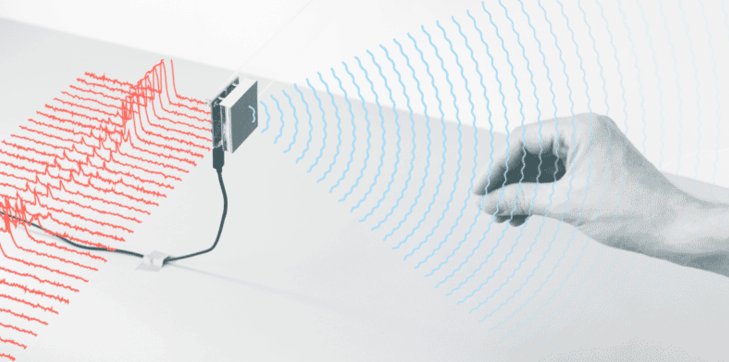

Google has won US regulatory approval to go ahead with a radar-based motion sensor that could make touchscreens look obsolete in the coming years. Known as the Soli Project, the initiative began in 2015 inside Google’s the Advanced Technology and Projects unit, a group responsible for turning the giant’s cutting-edge ideas into products.
We’ve seen a number of Soli’s technological breakthroughs since then, from being able to identify objects to reducing the radar sensor’s power consumption. Most recently, a regulatory order is set to move it into a more actionable phase. The US Federal Communications Commission said earlier this week that it would grant Project Soli a waiver to operate at higher power levels than currently allowed. The government agency also said users can operate the sensor aboard a plane because the device poses “minimal potential of causing harmful interference to other spectrum users.”
Soli fits radar sensors into a tiny chip the size of an American quarter to track slight hand or finger motions at high speed and accuracy. That means instead of twisting a knob to adjust the volume of your stereo, you can rub your fingers over a speaker that contains a Soli chip as if sliding across a virtual dial. Under the regulatory order, you would also be allowed to air press a button on your Soli-powered smartwatch in the future.
Aside from clearing safety concerns, the FCC also found that the sensing tech serves the public interest: “The ability to recognize users’ touchless hand gestures to control a device, such as a smartphone, could help people with mobility, speech, or tactile impairments, which in turn could lead to higher productivity and quality of life for many members of the American public.”
We have contacted Google to ask for more detail and will update the story when and if we get a response.
The regulatory consent arrived months after Facebook raised issues with the FCC that the Soli sensors operating at higher power levels might interfere with other device systems. The two firms came to a consensus in September and told the FCC that Soli could operate at power levels higher than what the government allowed but lower than what Google had requested.
It’s a rational move for Facebook trying to shape the rules for the new field given its own Oculus deploys motion technologies. The company has also invested in researching the area, for instance, by looking at a device that creates motion on the arm to simulate social gestures like hugging.
The update on Google’s technological development is a temporary distraction from the giant’s more questionable, revenue-driven moves in recent months, including a massive data leak on Google+ followed by the closure of the online ghost town, its failure to crack down on child porn and its controversial plan to re-enter China reportedly with a censored search engine.

